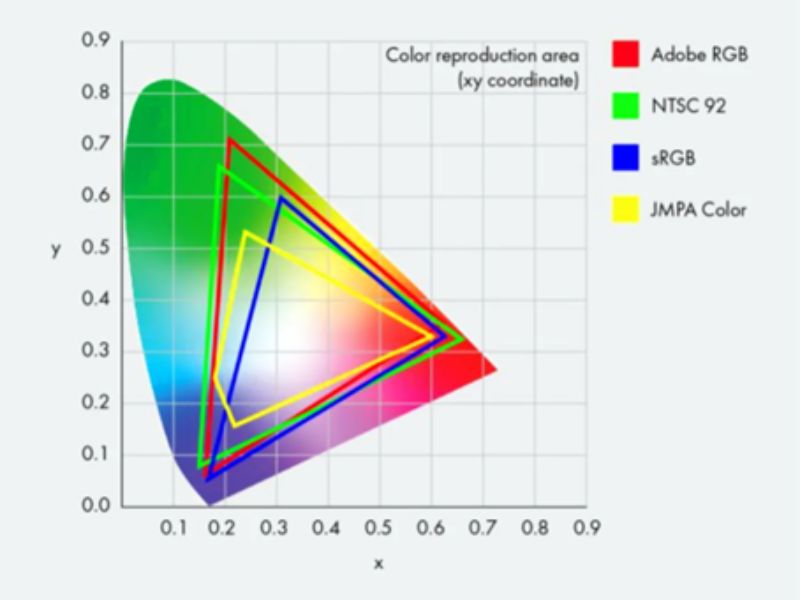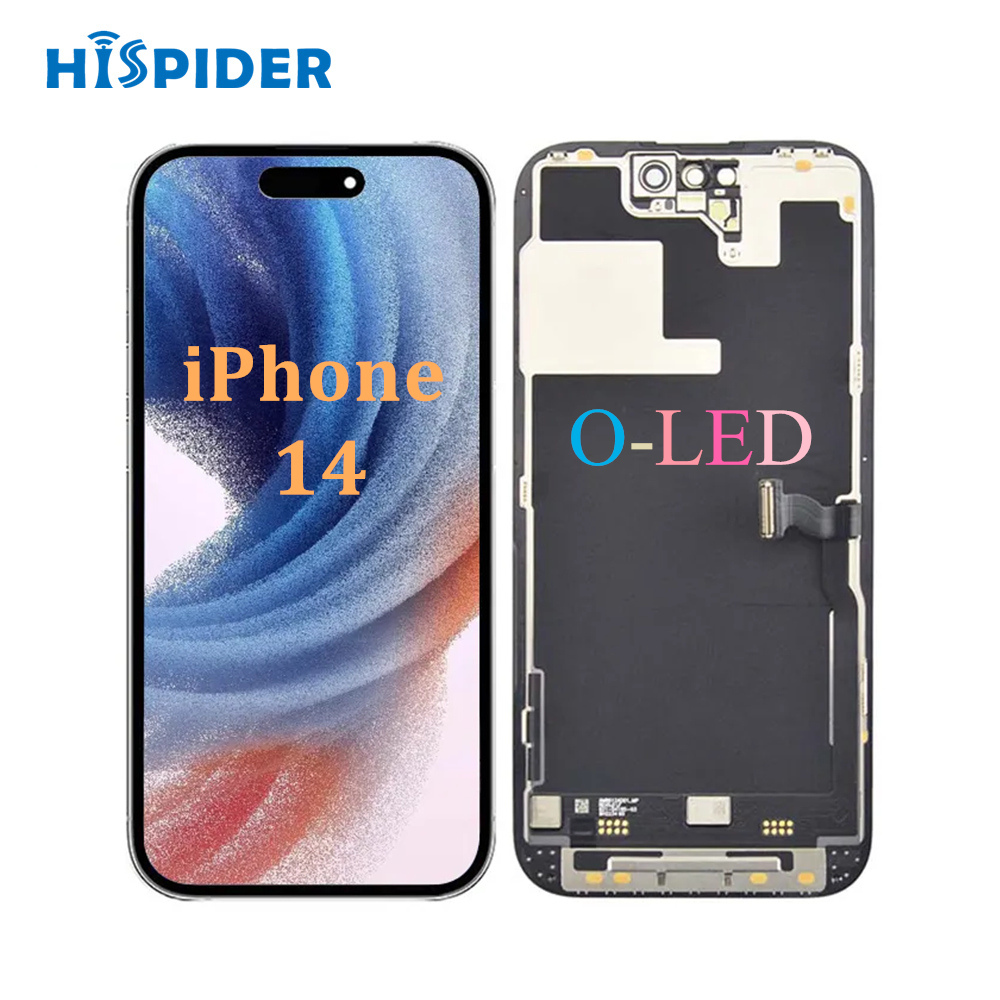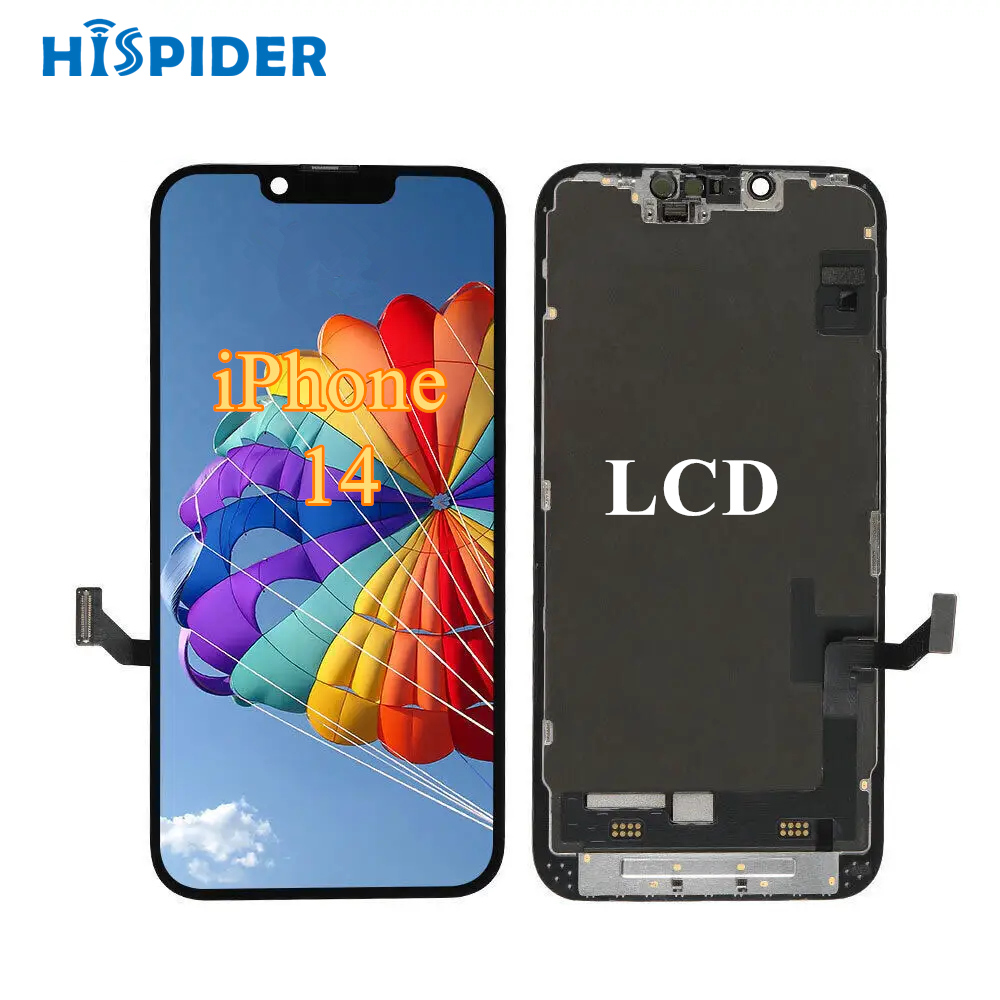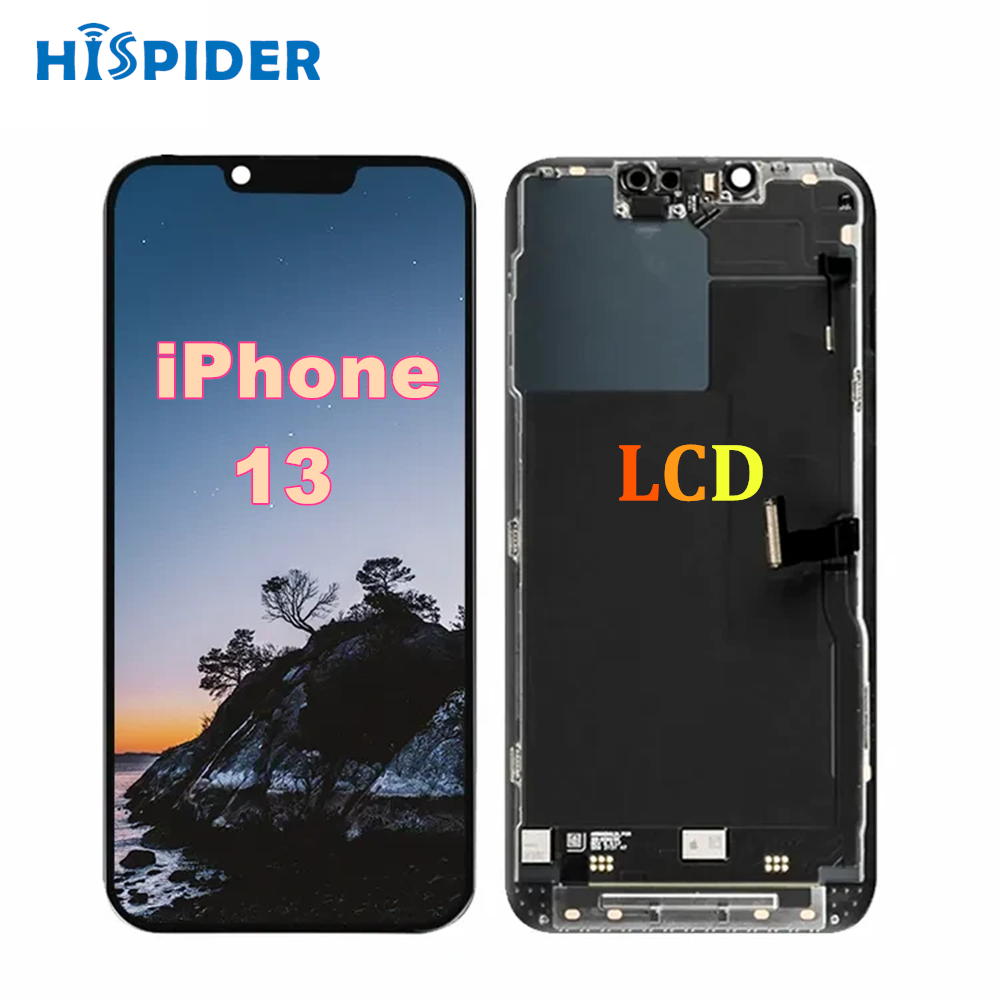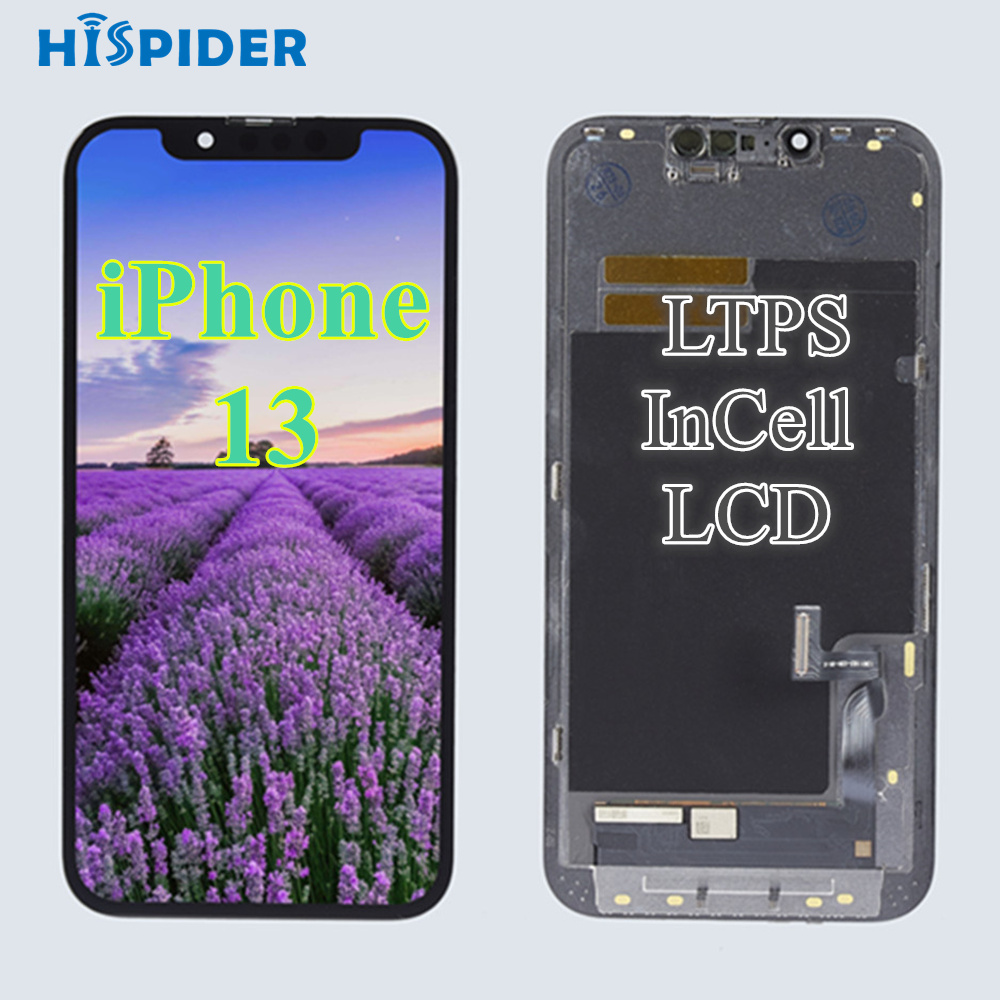Hispider helps you understand the parameters of your phone
A good screen is more important to a phone than its processor and memory. The quality of the screen can make a huge difference in look and feel and smoothness. The reproduction of color and vision are also closely related to the screen.
1.Pixels
These small squares are pixels, and the screen is formed by combining these pixels one by one.

The number of pixels determines the accuracy of the display, and the accuracy of the display has a standard, called resolution, which is usually referred to as picture quality. Currently, the most advanced screen can do 8K resolution, of course, this is on the TV. The following graph shows the main resolution standards:
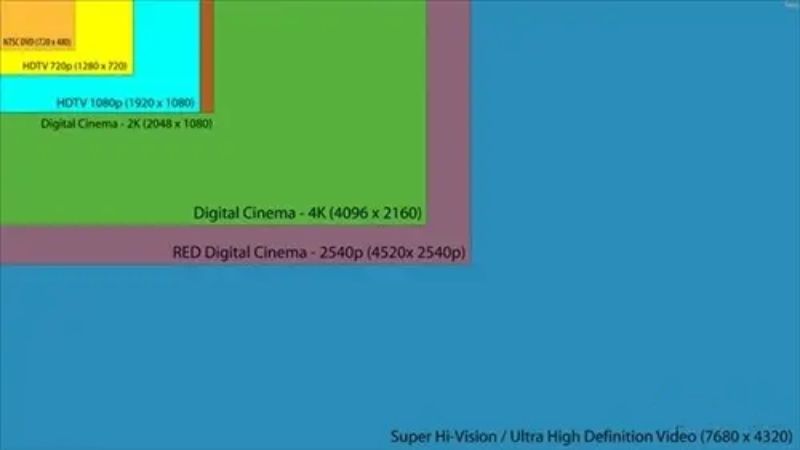
The unit P of these numbers is the first letter of the English Pixel.
When it comes to resolution, we can't forget a noun called PPI (Pixel Per Inch) the number of pixels per inch.
Just think, the same 4K screen, on the phone and on the TV, can be the same? The TV is so much larger than the mobile phone, but it only has the same number of pixels as the mobile phone, obviously, only the number of pixels to measure the display accuracy is unscientific, so this is the concept of PPI. For the screen, the larger the PPI, the better the display accuracy.
PPI is calculated as follows:
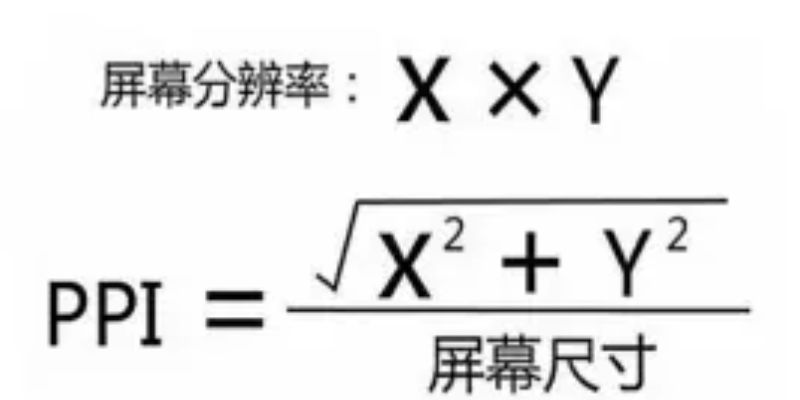
2. How do pixels represent colors?
There are three primary colors in nature, namely R, G, and B. Through the mixing and re-mixing of the three colors, colorful colors are transformed, so pixels also use this principle.

It can be seen that inside each pixel, there are three sub-pixels, which are RGB, and different RGB ratios are adjusted by each pixel to display different colors.
3. Dark colors
Color Depth, also known as color depth, is a unit used to represent the number of colors in a digital image. This is the definition of color depth, in popular terms, in the computer, the information about the color is to think (Bit is one eighth of a byte) for the unit of storage, color depth can also be called gray scale, the larger the gray scale, the darker the color, the smaller the gray scale, the lighter the color.
As you can see, there is a huge difference in the number of colors that can be displayed under different gray levels:
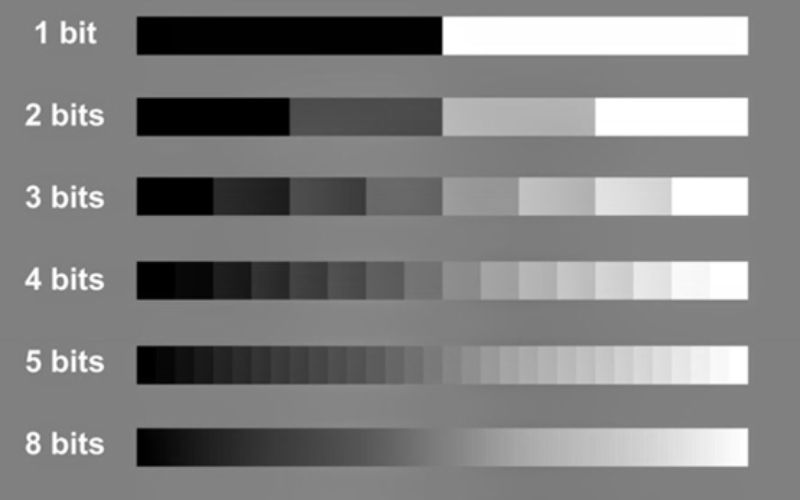
The number of colors a pixel can display is directly related to its gray level, and the calculation formula is:

In addition, the pixel is composed of three sub-pixel points, so when calculating the number of colors displayed by the pixel point, it is necessary to pay attention to whether the color depth is a single color channel or all three color channels. The current screen should all be standard with 8-bit color depth screen, that is, a single sub-pixel can display 256 colors, then the multiplication of three colors is 256*256*256=16777216, or 2 to the 24th power is also this number, which is called true color.
4.HDR
HDR (High-Dynamic Range) provides more Dynamic Range and image detail than ordinary images.
The real brightness difference, that is, the brightness of the brightest object, and the ratio of the brightness of the darkest object is 10 to the power of 8, and the range of human eyes can see is about 10 to the power of 5, but the general display, the camera can represent only 256 different brightness. In this way, the original color can be better restored.
For HDR, the support of the screen is also important, if there is no support of the screen, then even HDR photos can not be displayed.
5. Colour gamut
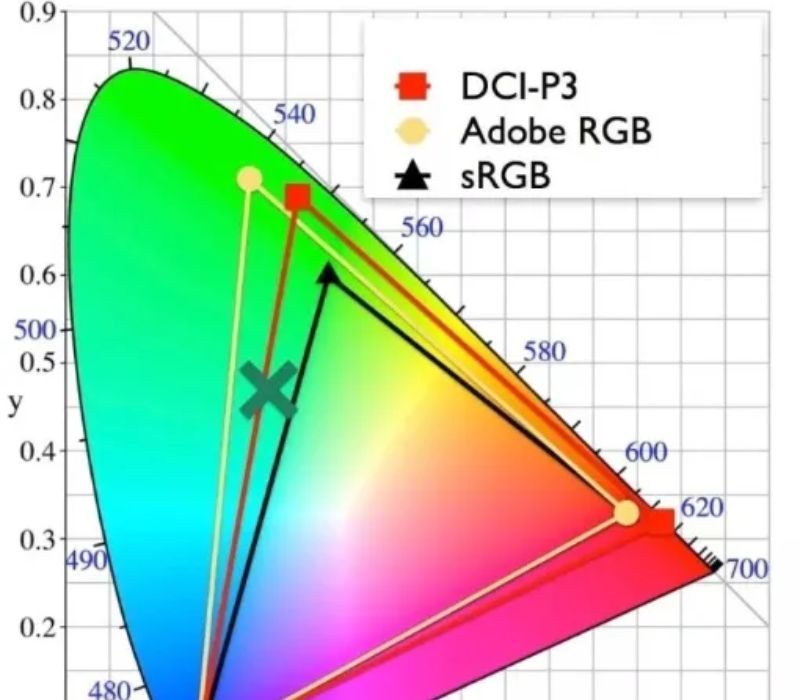
Simply put, gamut is a collection of display colors, and the current mainstream gamut standards are sRGB and DCI-P3.
As can be seen, in the color gamut diagram above, the color gamut of DCI-P3 is obviously wider than that of sRGB, so the current movie mainly uses DCI-P3 color gamut to save color information. However, it must be noted that some colors are displayed by sRGB and cannot be displayed by DCI-P3, so there is no inclusion or operational relationship between color gamut, which must be determined according to the actual situation.
6. Screen material
The screen material of the mobile phone is roughly divided into two kinds of OLED and LCD, of which OLED is still mainly used in the flagship machine, while the LCD screen is widely used in the low-end machine.
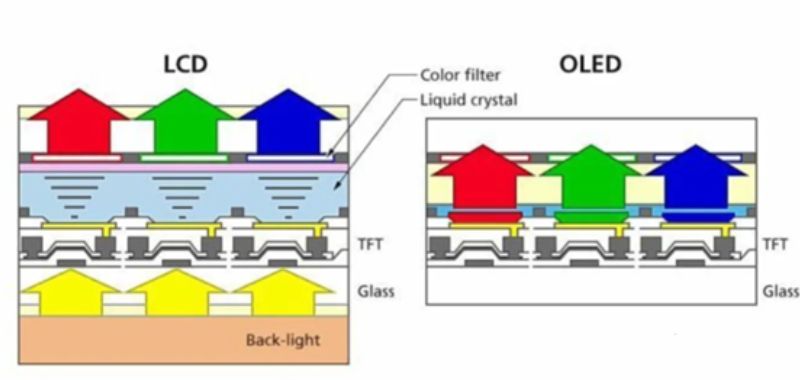
Under the LCD, there is a backlit version, that is, a white light source, and then the light source passes through the film with pixels above, through the Liqiud crystal, that is, the controller to adjust the amount of light, you can mix different colors of light, so as to display the picture. For OLED, each pixel can self-light, so there is no need for backlight, pixels as long as the power will glow, you can display the picture.
7. The advantages and disadvantages of OLED and LCD
For example, display black:

As shown in the figure, the left picture is the black displayed by the LCD, and the right picture is the black displayed by the OLED, you can see the gap between the two.The controller can't completely block the light, so there will be light leakage, and OLED only needs to turn off that pixel, which is completely non-luminous! So the contrast ratio of OLeds can easily reach millions. And LCD thousands are laborious.
Because of the high contrast, OLED can display more colors when displaying the picture, that is, the color gamut will be covered more. The color will be more gorgeous. In addition, in outdoor scenes with strong light, OLED can obtain greater brightness because of self-illumination.
8. Refresh rate
The first use of high refresh rates on mobile devices was on Apple's IPad Pro, and the high brush gives the stylus a smoother experience.
Refresh rate is the number of times the screen is refreshed per second.
For example: When watching a movie, what we see is actually a static picture, just like a slide, why we feel the picture is moving, it is because the human eye has a visual retention effect, the impression left in the brain by the previous picture has not disappeared, and then the next picture will follow, and the difference between the two pictures is very small, an action needs many pictures to show. So we feel the picture moving.
If an action is completed by 20 pictures, we look a little like animation, and if the action is increased to 30, it looks much more natural, which is the refresh rate. A high refresh rate increases the number of images displayed per second to achieve a smoother experience.
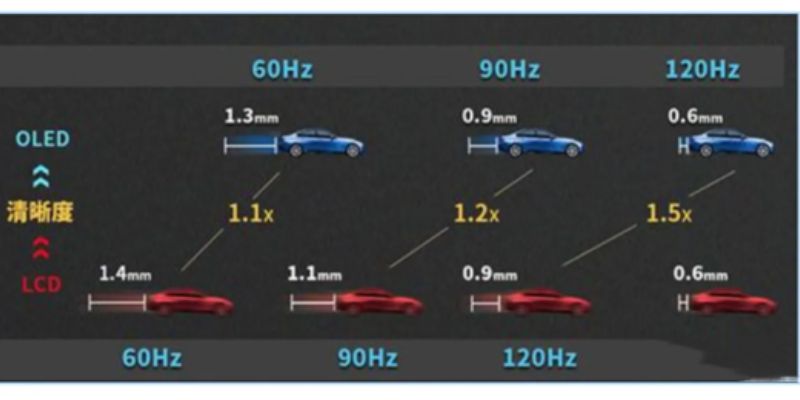
As a professional mobile phone replacement screen manufacturer, Hispider not only follows the development of mobile phone screens, but also produces the latest OLED screens, considering the user's demand for cost-effective mobile phone screens, LED mobile phone replacement screens are also in continuous production. Hispider looks forward to meeting you.

